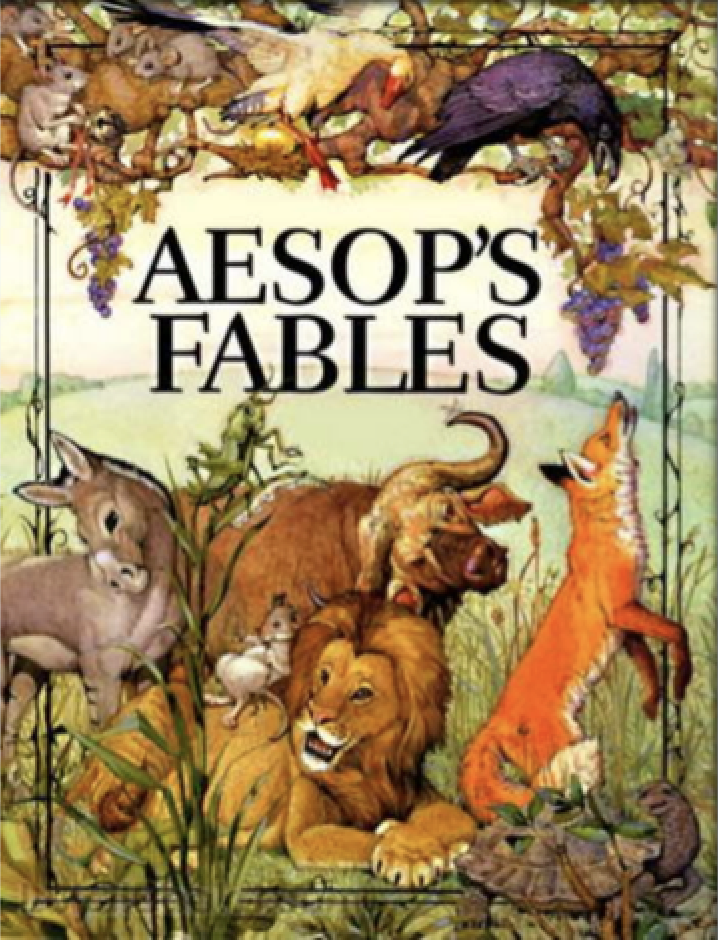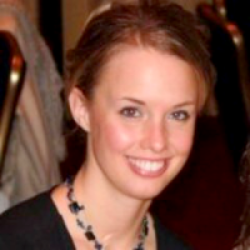 What real life lessons can we learn from fables and fairy tales? This was the question posed to all third grade students during a recent interdisciplinary PBL unit at Broadus Wood Elementary School in Earlysville, VA. Classroom teachers and specialists worked collaboratively with students over the course of several weeks to identify problems in our school community and used the lessons learned from fables and fairy tales to fix them.
What real life lessons can we learn from fables and fairy tales? This was the question posed to all third grade students during a recent interdisciplinary PBL unit at Broadus Wood Elementary School in Earlysville, VA. Classroom teachers and specialists worked collaboratively with students over the course of several weeks to identify problems in our school community and used the lessons learned from fables and fairy tales to fix them.
Our project kicked off with a common goal for all specialist teachers (music, art, physical education, library, special education, and talent development) to increase collaboration and offer interdisciplinary work to support learning in the classroom. By meeting with our instructional coaches, the classroom teachers, and our specialist team, we were able to map out a multi-week unit on fables and fairy tales that would conclude with a school-wide performance. Our intention was to infuse the lessons of fables and fairy tales into every area of the third grade curriculum in order for the students to deep dive into learning more about this topic:
General Classroom
Students explored a variety of classic and modern fables and fairy tales to gain a broader knowledge about this style of writing. Students used this information to write their own fable or fairy tale that had to include a moral or life lesson. Our librarian and special education teacher supplemented instruction with multimedia resources and Reader’s Theatre opportunities.
Talent Development
Students used the Design Thinking Process to identify problems within our school community and develop solutions that were supported by the lessons learned from fables and fairy tales. Students gathered feedback from staff and all K-5 classrooms through in-class surveys and Google Forms. Students had the choice of how to share and promote their solution; common choices included making posters, creating Google Slide presentations, and filming public service announcements.
Physical Education
Students participated in a cup-stacking relay that emphasized the notion that “slow and steady wins the race.” Additional life lessons from fables and fairy tales were incorporated into conversations about teamwork, determination, and positivity.
Music
Students practiced and performed a musical version of Aesop’s Fables that included short skits of famous fables. Students designated speaking roles and choreography. Dress rehearsals were held in multiple venues and students worked with teachers to give each other feedback and improve the performance.
Art
Students created their own props and costumes for the musical performance.
When the day of the performance came, the crowd of families and K-5 students were blown away by the work of the students. Every student on stage was engaged and excited to share their PBL with an authentic audience. Children watching the performance held rapt attention throughout and our families could not believe the quality of their children’s work.
A Lasting Impression
Even now, several weeks following the performance, the student’s interdisciplinary work on fables and fairy tales continues to permeate our school climate. Instead of just demanding, “Don’t run!” our students remind each other “Slow and steady wins the race.” As other classes explore fables and fairy tales, our third graders volunteer to read their stories or perform Reader’s Theatre. This project created a connection for them that has left a lasting impression.
The process and outcome of this PBL unit inspired our teachers, since it solidified the impact of our interdisciplinary work. At the beginning of the project, each specialist teacher encountered students who would ask, “How did you know we’re learning about fables and fairy tales?” As we progressed through the unit, it was clear that our mutual content was promoting engagement, motivation, and ownership of our students across all areas of learning. This experience allowed us to see our students through a new lens and identify the plethora of strengths that they possess. The remaining question is… now that we have successfully met our goal of creating an interdisciplinary PBL unit, how will we do it differently next time?
Credit for this work is due to: Amy Morris (Principal), Ray Chrobak (Librarian), Ryan Drago (Instructional Coach), Jean Flaherty (Music), Brittany Hamm (Physical Education), Bert Jacoby (Learning Technology Integrator), Deannine Lahham (3rd Grade Teacher), Shannon Lindemann (Art), Lynn Papke (3rd Grade Teacher), Pattie Shifflett (Instructional Coach), Bobbi Wegscheid (Special Education Teacher).

